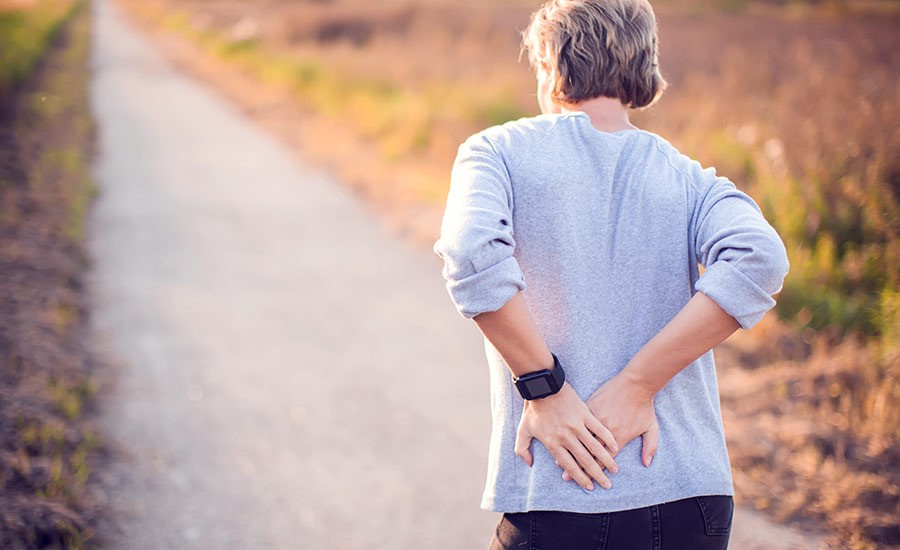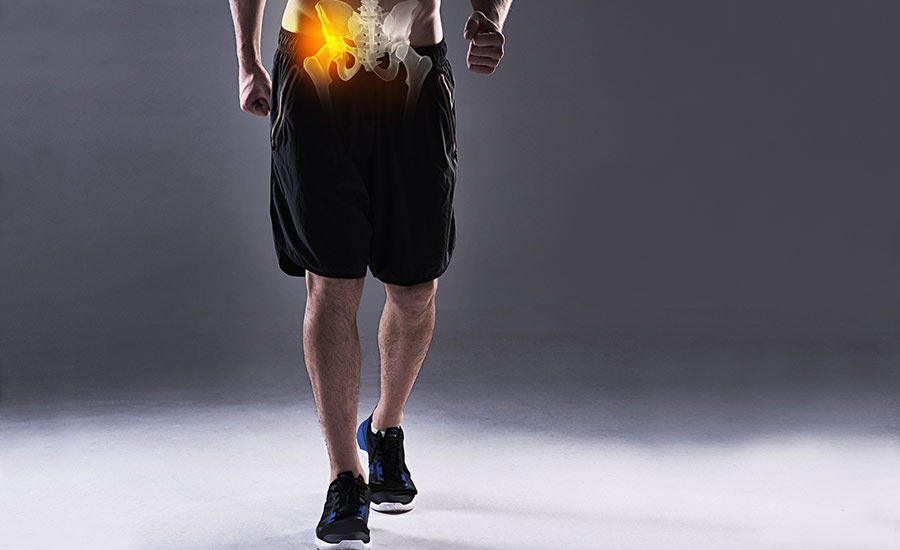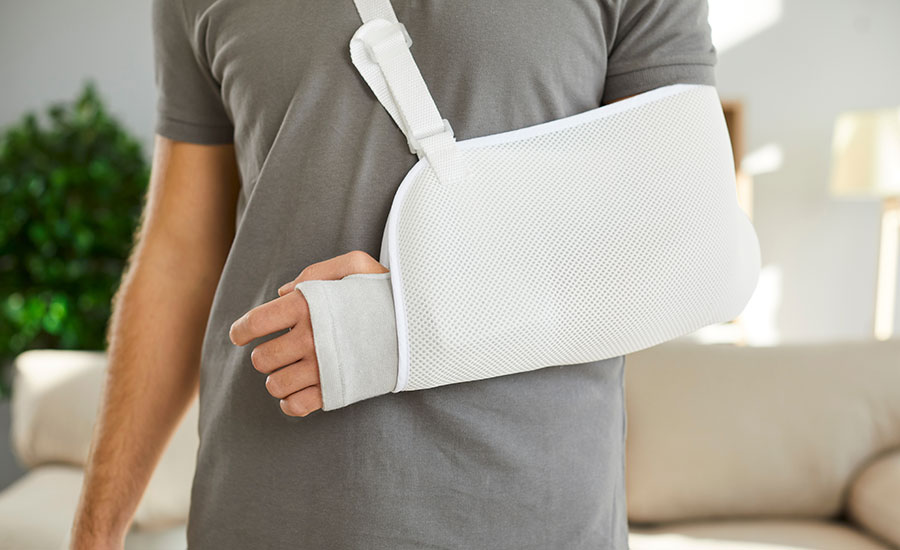
When an athlete faces an injury, the path back to the field, court, or track is often filled with questions, concerns, and a determined pursuit of recovery.
Sports injury rehabilitation is not just about healing; it’s about regaining strength, flexibility, and confidence to return to the sport you love.
We’ll share all you need to know about sports injury rehabilitation, including when it’s needed and what techniques are used, and we’ll also share our sports injury treatment options at OrthoEast.
What Is Sports Injury Rehabilitation?
Sports injury rehabilitation is the process of helping an athlete effectively treat and recover from an injury that was sustained while engaging in some type of sport activity.
Rehabilitation for sports injuries typically includes physical therapy and exercises designed to restore strength, flexibility and balance, speed up recovery, prevent re-injury, and help the athlete return to the sport when safe.
Techniques used in the process of rehabilitation can include pain management, physiotherapy, mobility exercises, strength training, and conditioning exercises.
When Is Sports Injury Rehabilitation Needed?
Sports injury rehabilitation is required when an athlete has sustained an injury that disrupts their performance or normal function.
This can range from common sprains and strains, to fractures, dislocations, ligament tears, and even post-operative recovery from sports-related surgeries.
Some of the most common injuries that require rehabilitation include:
Sprains and Strains
Even though they might seem minor, sprains (injury to a ligament) and strains (injury to muscle or tendon) often require sports injury rehabilitation. These injuries can be minor or severe, in the case of a complete tear.
Rehab helps restore function, prevent further injury, and strengthen the affected area to resist future injuries. A sprained ankle, for example, might require balance exercises and strength training as part of a rehab program.
Fractures and Dislocations
The most common fractures and dislocations include ankle fractures or dislocations, wrist fractures, shoulder dislocations, elbow dislocations, and hip fractures and dislocations.
Rehabilitation helps restore mobility, strength, and function to the injured area so the athlete can return to sport safely.
Tendon and Ligament Injuries
Tendon and ligament injuries include a torn anterior cruciate ligament (ACL), Achilles tendon rupture, or rotator cuff tear. Such injuries often require surgery, followed by extensive rehabilitation.
The rehab process focuses on regaining range of motion, strength, stability, and eventually, sport-specific skills.
Overuse Injuries
Overuse injuries include conditions like tennis elbow, runner’s knee, or stress fractures. These types of injuries occur when repetitive stress is placed on a part of the body over time, leading to inflammation and pain.
Sports injury rehabilitation can help manage these conditions, reduce pain, restore function, and identify and correct any contributing factors (like poor technique or muscle imbalances) to prevent future injury.
Concussion and Other Head Injuries
Concussions and other traumatic brain injuries often require specialized rehabilitation programs. These programs focus not only on the physical symptoms of a concussion but also on cognitive and emotional issues.
Overall, sports injury rehabilitation for concussions and other head injuries is a complex, multifaceted process that requires expert care. It plays a critical role in managing symptoms, supporting recovery, and ensuring a safe return to activity, all while considering the unique physical and psychological needs of the patient.
Spinal Injuries
Injuries to the spine, including disc issues, stenosis, spondylolysis, and spondylolisthesis, often require rehabilitation to manage pain, restore function, and provide strategies to prevent further damage or pain. One of the most common spinal injuries is a spinal cord injury, which 40 million people suffer from each year, worldwide.
The goal of sports injury rehabilitation for spinal injuries is not only to heal the injury but also to support the athlete in returning to the highest possible level of function and quality of life, whether that includes returning to competitive sports or simply enjoying everyday activities.
Post-Operative Rehabilitation
After an athlete has undergone surgery for a sports-related injury, rehabilitation is critical to help restore strength, mobility, and function, and to facilitate a return to the sport.
Post-operative rehabilitation plays a vital role in helping the athlete achieve the best possible outcome.
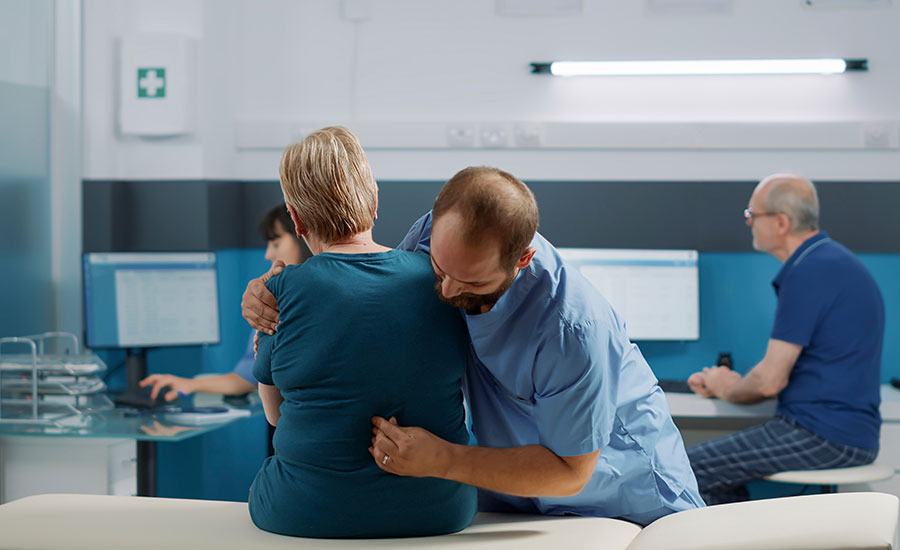
Sports Injury Rehabilitation Treatment
In the field of sports injury rehabilitation, a variety of techniques are used to help facilitate the healing process.
The most common sports injury rehabilitation techniques are:
- Physical therapy: This is a core part of any sports injury rehab program. It involves a variety of techniques, such as strength and flexibility exercises, balance and coordination activities, and sport-specific training.
- Pain management: Techniques for managing pain can include medication, massage, hot and cold therapy, electrical stimulation, acupuncture, and other non-pharmacological methods.
- Manual therapy: This includes hands-on techniques such as joint mobilizations, manipulations, and massage to improve mobility and decrease pain.
- Exercise therapy: Structured exercise programs designed to improve strength, flexibility, endurance, balance, and coordination are often part of the rehab process.
- Hydrotherapy: The use of water in the treatment of different conditions is especially effective for early-stage rehabilitation when weight-bearing exercise may not be possible.
- Electrotherapy: This type of therapy utilizes electrical signals to interrupt pain signals, promote healing, and stimulate muscles. Techniques can include Transcutaneous Electrical Nerve Stimulation (TENS), ultrasound, and laser therapy.
- Proprioceptive training: This type of training is used to help athletes regain control over their body movements and awareness. It’s particularly important after joint injuries.
- Functional and sports-specific training: Once an athlete has regained basic strength and mobility, they will need to relearn the specific skills associated with their sport. This can include agility drills, plyometric exercises, and sport-specific practice.
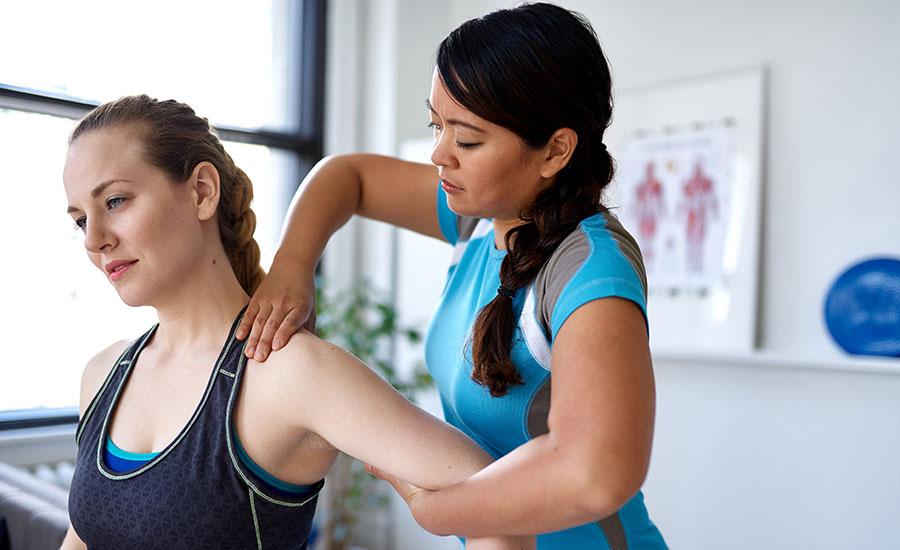
Sports Injury Rehabilitation at OrthoEast
Experiencing a sports injury can be a challenging setback, but with the right care and rehabilitation, a complete and effective recovery may be within reach.
At OrthoEast, we specialize in sports injury rehabilitation, offering comprehensive treatment plans designed to help athletes overcome injuries, regain strength, improve mobility, and return to peak performance.
Our treatment plans for sports injury rehabilitation at OrthoEast include:
- Initial assessment and diagnosis: Our expert team will conduct a thorough evaluation to understand your injury, using advanced diagnostic tools.
- Physical therapy: We may physical therapy as either a first step to rehabilitation or alongside other treatments. This can include cold and heat treatment, whirlpool therapy, therapeutic ultrasound, electrical stimulation and paraffin.
- Occupational therapy: Our specialists will focus on helping you regain the skills necessary for your specific sport or daily activities, with an emphasis on sports injury prevention strategies.
- Sport-specific rehabilitation: We’ll guide you through tailored exercises and drills specific to your sport, helping you confidently and safely return to your athletic pursuits.
- Pain management: We offer multiple strategies for managing pain, including medication, injections, and non-pharmacological methods like hot and cold therapy.
- Orthopedic surgery: Our skilled orthopedic surgeons specialize in a wide range of procedures to repair damaged structures and set the stage for your rehabilitation.
- Our orthopedic specialists all experts in a variety of surgical procedures, including:
- ACL reconstruction
- Joint replacements/revisions
- Tendon repair
- Rotator cuff repair
Sports Injury Physicians at OrthoEast
Looking for leading sports medicine physicians in New Jersey? Your search ends with OrthoEast.
Home to a proficient team of sports medicine physicians and orthopedic surgeons, our team at OrthoEast provides comprehensive care and treatment covering a wide range of sports injuries.
Meet our expert team of sports medicine professionals:
- Dr. Anthony Festa: An accomplished orthopedic surgeon specializing in sports medicine.
- Dr. Casey Pierce: An orthopedic surgeon with expertise in sports medicine and arthroscopy, renowned for treating disorders affecting the shoulder, elbow, hip, and knee.
- Dr. Anthony J. Scillia: An orthopedic surgeon with sub-specialties in both adult and pediatric sports medicine.
- Dr. David Rodriguez: A sports medicine physician skilled in adult and pediatric sports medicine, non-surgical orthopedics, ultrasound-guided procedures, and concussion management.
At OrthoEast, our teacher-level sports medicine specialists are dedicated to providing comprehensive care and ensuring exceptional results.
FAQs About Sports Injury Rehabilitation
From the stages of rehabilitation to pain management strategies, if you have any additional questions, we will provide insights that can guide you through your recovery journey.
Explore some frequently asked questions about sports injury rehabilitation below.
1. What are the stages of sports injury rehabilitation?
Rehabilitation after a sports injury is typically divided into several stages, each focusing on different aspects of recovery.
These stages include:
Stage 1: Acute or immediate care stage
- Focuses on controlling inflammation, pain, and protecting the injured area
- May include the RICE protocol, immobilization, and medication
Stage 2: Subacute or recovery stage
- Begins when inflammation starts to decrease
- Includes gentle exercises to restore range of motion, flexibility, and strength
Stage 3: Rehabilitation or strengthening stage
- Emphasizes rebuilding strength, coordination, and function
- Includes progressive resistance exercises, functional training, and sport-specific drills
Stage 4: Return to activity or sport-specific training stage
- Final phase that prepares the individual to return to their sport or activity
- Focuses on advanced exercises, plyometrics, agility training, and simulating sport-specific tasks
2. When should I start rehab after an injury?
The best time to start rehab after a sports injury depends on the injury as well as your condition. In general:
- Begin the acute care stage immediately after injury to control inflammation and protect the area.
- Progress to more active rehabilitation stages as guided by healthcare providers, such as physicians, physical therapists, or athletic trainers.
- Always consult with a healthcare provider to determine the appropriate timing and plan for rehabilitation specific to your injury and overall health.
3. What is the most difficult part of sports injury rehabilitation?
The most difficult parts of sports injury rehabilitation can include:
- Mental and emotional factors: The psychological impact, including fear of re-injury, anxiety, or loss of identity within the sport, can be significant.
- Pain management: Managing pain throughout the process can be challenging — particularly during the transition to more demanding activities.
- Adherence to the program: Staying committed to a long and sometimes tedious rehabilitation process requires significant discipline and patience.
- Restoring full function: Achieving pre-injury levels of strength, flexibility, and sport-specific skills can be demanding and time-consuming.


